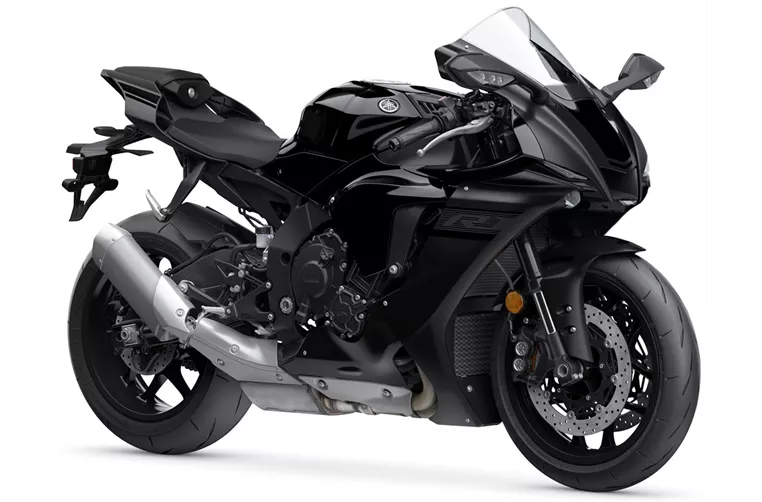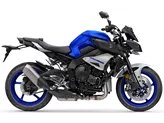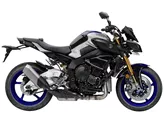Yamaha MT-10 2017 vs. Yamaha R1 2020

Yamaha MT-10 2017
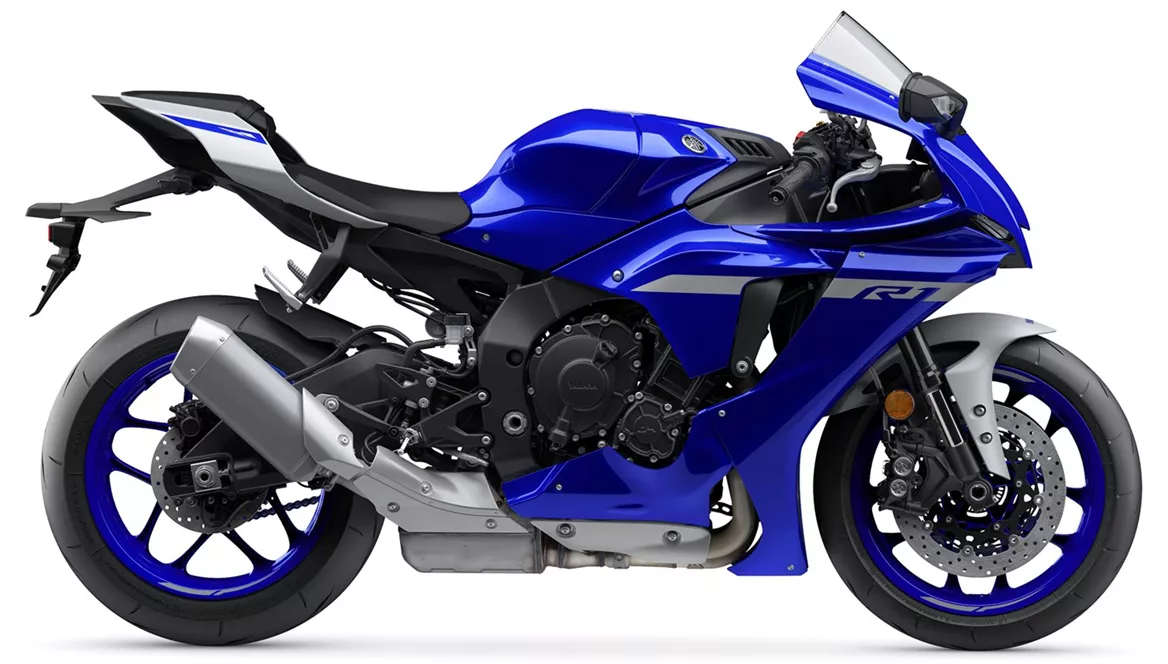
Yamaha R1 2020
Overview - Yamaha MT-10 2017 vs Yamaha R1 2020
The Yamaha MT-10 2017 and the Yamaha R1 2020 are both high-performance motorcycles from Yamaha, but they have some notable differences in terms of specifications and strengths.
Starting with the technical specifications, both bikes have the same engine bore and stroke dimensions of 79mm and 50.9mm respectively. They also have the same engine displacement of 998cc and both have four cylinders with four valves per cylinder. The MT-10 has an engine power of 160 HP and a torque of 111 Nm, while the R1 has a more powerful engine with 200 HP and a torque of 112.4 Nm. The compression ratio of the MT-10 is 12, while the R1 has a higher compression ratio of 13. Both bikes have liquid cooling systems.

Yamaha MT-10 2017
In terms of suspension, both the MT-10 and the R1 feature upside-down telescopic forks in the front. The chassis of both bikes is made of aluminum and has a Deltabox frame type. The front brakes of both bikes are double disk type. The MT-10 and the R1 also have advanced rider assistance systems such as ABS and traction control. However, the R1 has an additional feature of launch control, which is not available on the MT-10.
In terms of dimensions and weights, both bikes have the same front and rear tire width and diameter. They also have the same fuel tank capacity of 17 liters. The wheelbase of the R1 is slightly longer at 1405mm compared to the 1400mm of the MT-10. The seat height of the R1 is also higher at 855mm compared to the 825mm of the MT-10. The kerb weight of the R1 is slightly lighter at 199kg compared to the 210kg of the MT-10.
Moving on to the strengths of each bike, the MT-10 is praised for its great sound, pleasant wind protection, and comfortable seating position even on long tours. It also has a great engine response and is considered a balanced overall package despite its radical looks and wicked sound. On the other hand, the R1 is praised for its powerful engine, clean response, and great but not intrusive sound. It also has a stable chassis, high-quality electronics, and a wonderfully noble overall impression.
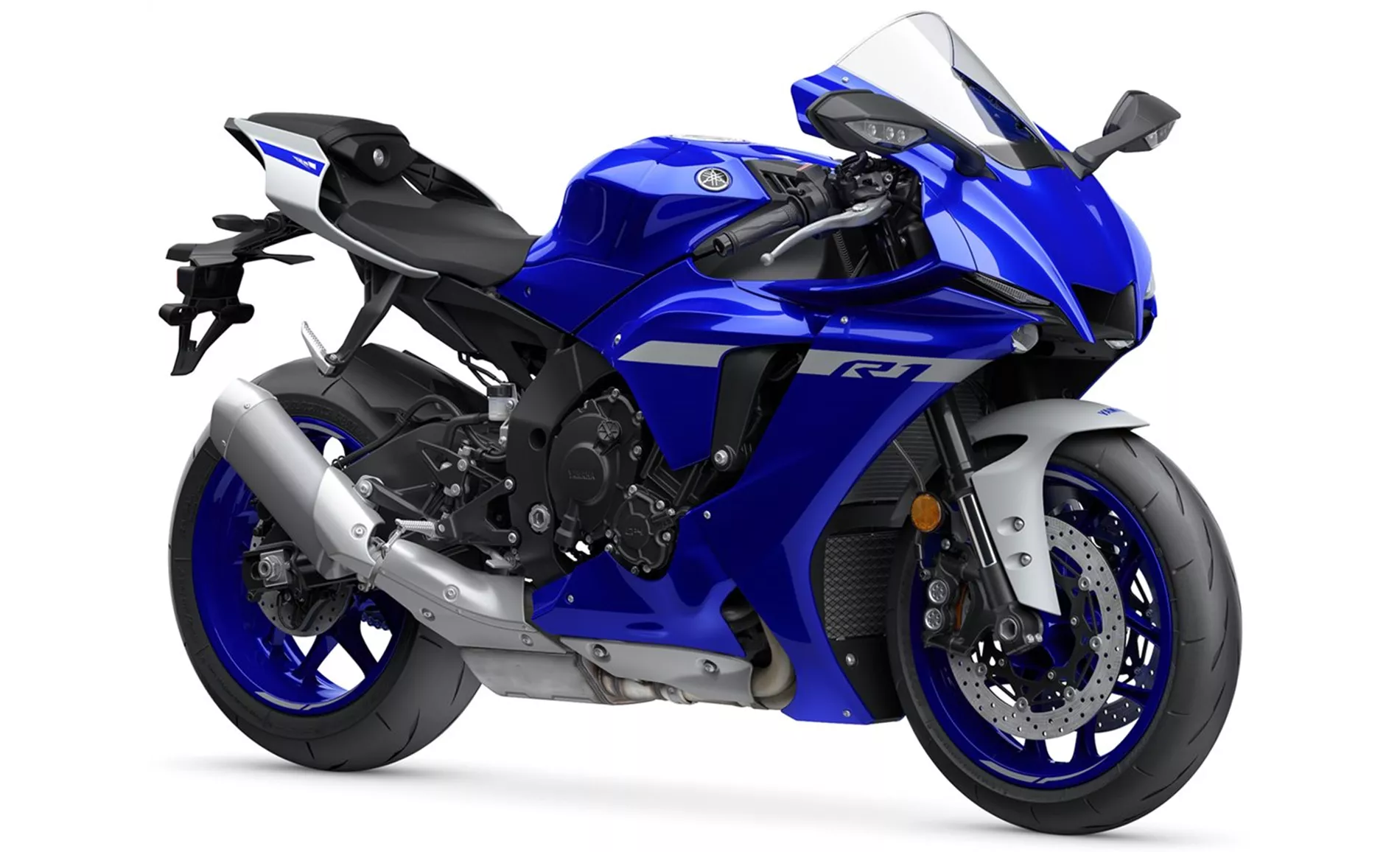
Yamaha R1 2020
However, both bikes have their weaknesses as well. The MT-10 is criticized for its inactive seating position on the racetrack and its chassis and ride assistance systems are considered sufficient for track days but not on the same level as other Powernakeds. The R1, on the other hand, has been noted to have brakes that are not 100 percent satisfactory on the racetrack.
In conclusion, while both the Yamaha MT-10 2017 and the Yamaha R1 2020 are high-performance motorcycles with similar technical specifications, the R1 offers more power and additional features such as launch control. The MT-10 is praised for its sound, wind protection, and comfortable seating position, while the R1 is praised for its powerful engine and high-quality electronics. However, both bikes have their weaknesses, with the MT-10 having an inactive seating position on the racetrack and the R1 having brakes that may not be entirely satisfactory on the racetrack.
Technical Specifications Yamaha MT-10 2017 compared to Yamaha R1 2020
Pros and Cons in comparison
Pros and Cons in comparison
Yamaha MT-10 2017

The Yamaha MT-10 exudes a lot of emotion with the cool CP4 engine, but also doesn't forget pragmatic utility. For a naked bike, it offers a lot of comfort on long tours. It rides fast but is still refined at all times. On the racetrack, the chassis is not precise enough to beat the other Powernakeds. Overall, however, it scores with its versatility paired with radical looks and awesome sound.
Yamaha R1 2020
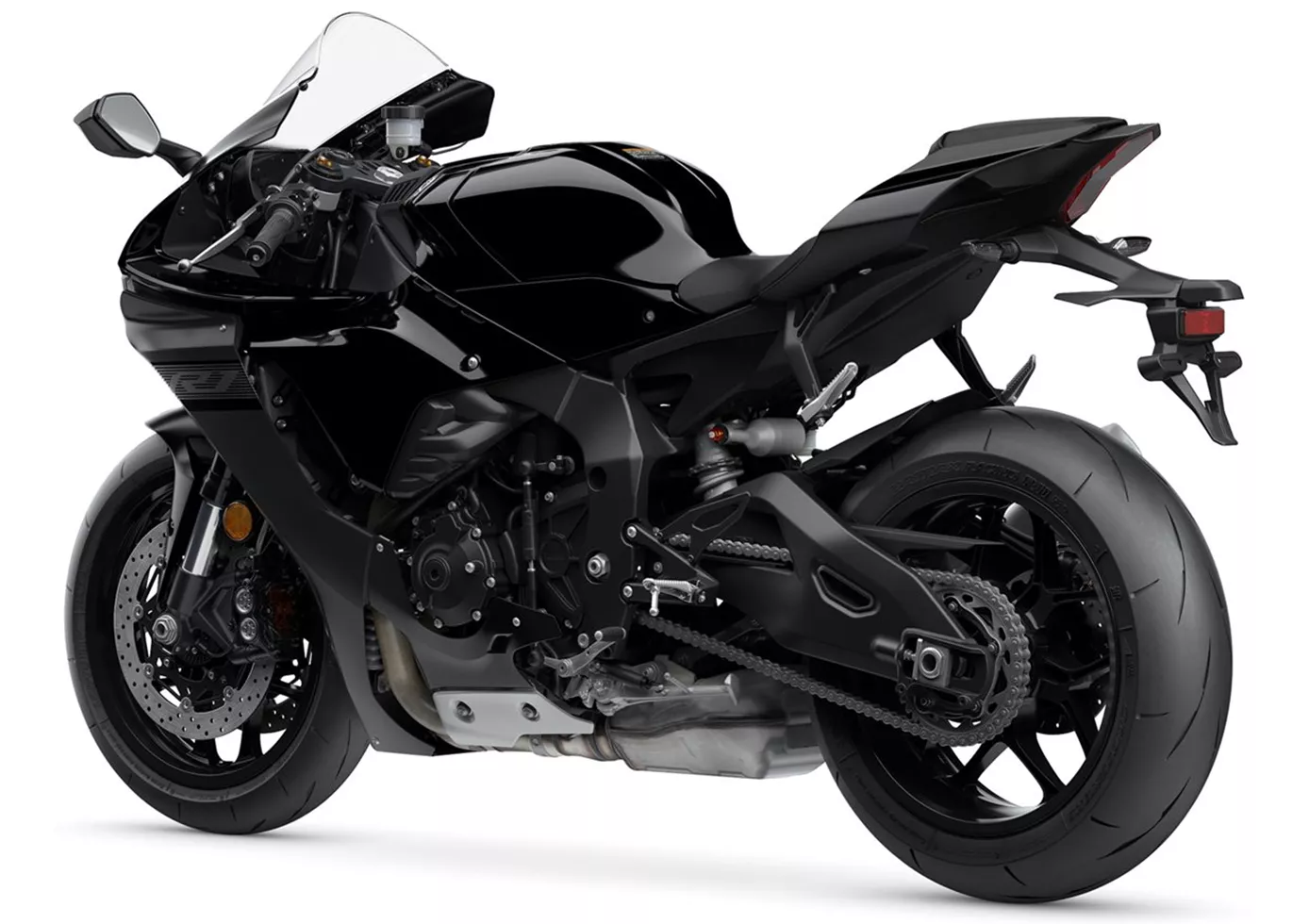
The Yamaha YZF-R1 is mature and makes countless racetrack pilots happy. The engine shines with lightness and agility, the seating position surprises positively and the handling is radical but still "suitable for the masses". The machine immediately stands out visually and also because of the heart-warming sound. Especially on the country road, the bike scores with its well-known strengths: great engine, great electronics, great package! A real pleasure to ride!
Price Comparison Avarage Market Price Yamaha MT-10 vs Yamaha R1
There are a few key differences between a Yamaha MT-10 2017 and a Yamaha R1 2020. In terms of price, the actual average price of a Yamaha R1 2020 is about 106% higher. A Yamaha MT-10 2017 experiences a loss of 1,000 USD in one year of ownership. This is offset by a loss of 1,240 USD for a Yamaha R1 2020. Compared to Yamaha R1 2020 there are more Yamaha MT-10 2017 bikes available on the 1000PS.de Marketplace, specifically 12 compared to 9. It takes less time to sell a Yamaha R1 with 86 days compared to 143 days for the Yamaha MT-10. Since model year 2016 1000PS.de editors have written 32 reviews for the Yamaha MT-10 and 80 reviews for the Yamaha R1 since model year 2005. The first review for the Yamaha MT-10 was published on 11/17/2015 and now has more than 20,700 views. This compares to more than 3,900 views for the first review on Yamaha R1 published on 4/28/2003.

